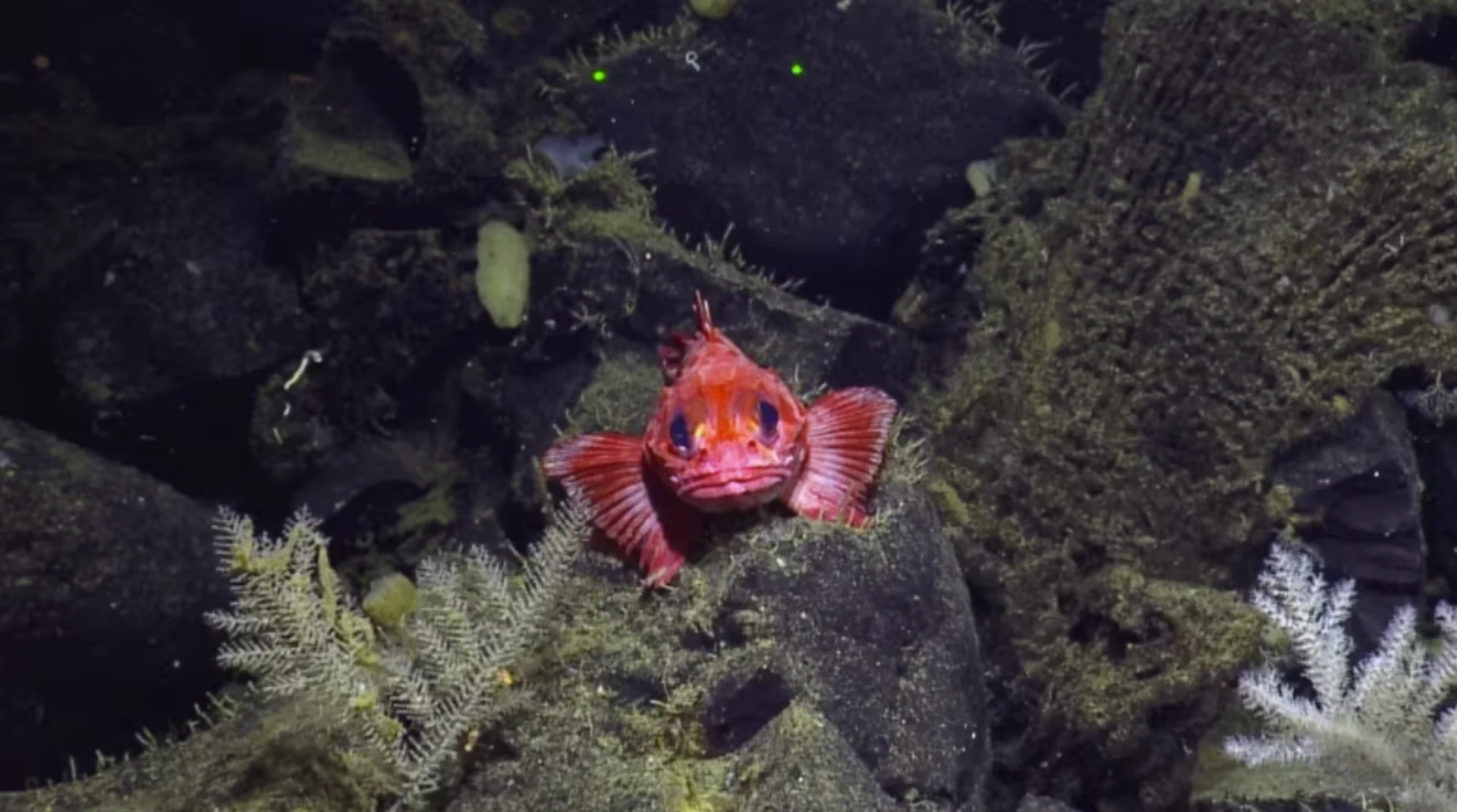
New deep-sea droids probe the northeast Pacific for climate-change impact clues
A research facility at the University of Victoria is using new deep-sea droids to expand climate tracking in the northeast Pacific Ocean.
Ocean Networks Canada (ONC) says five specialized data collecting tools, known as Argo floats, have been deployed to record conditions in the deepest parts of the northeast Pacific.
Typically, an Argo float, which has a lifespan of four to five years, descends about two kilometres beneath the surface level for up to 10 days, then returns to the ocean surface to transmit data. It then dives back down again, repeating the process until it dies.
SEE ALSO: More coastal wetlands to be restored in N.S. to reduce climate change damage
The data provided by the floats have helped improve weather and ocean forecast systems around the world, says Moran.
While these monitoring devices have been used for more than two decades, the ONC's new floats are the first to explore the northeast Pacific region below the depth of two kilometres.
"The average depth of the ocean is four kilometres and these floats go down that distance," she said. "They will advance our understanding of the changes occurring within the ocean interior."
About 4,000 droids prowl the oceans around the world as part of the global Argo program, which started in 1999.
"Think of it as an international ocean science UN," Kate Moran, ONC president and CEO,.said during an interview with CBC's All Points West.
"Countries all over the world actually put these autonomous droids in the ocean to measure very important properties of the ocean from the surface down to deepest levels."
The startling reality, as Moran puts it, is that the world knows more about the surface of the moon and Mars than it does about the depths of the ocean.
"About 70 per cent of our planet is just water, so we understand very little of our world," she added.
DON'T MISS: World's first treaty to curb plastic pollution in negotiation
Understanding the impacts of climate change Moran says Argo floats are best suited to observe the changing climate.
Using its measurements, scientists can identify ocean heat waves and calculate how and where ocean heat content is changing.
In 2015, unusually warm waters off the coast of B.C. created a huge bloom of toxic algae and left a trail of dead sea creatures in its wake.

The ONC's Albert Ruskey with a Argo float, deep-sea droids that collect vital ocean data while travelling up and down in the space between the sea surface and the seafloor. (Ocean Networks Canada)
"The devices will help us understand such extreme global warming events, how they're changing the ocean, how deep they go," said Moran.
The deep-sea profiling floats also come equipped with a sensor that measures dissolved oxygen.
"The data from these floats will help researchers assess dynamics in the distribution of low oxygen waters in this region," ONC senior staff scientist Kohen Bauer said in a statement released Tuesday.
Bauer said the deep waters of the northeast Pacific have been losing oxygen due to climate change, which threatens ecosystem stability.
"The deep Argo floats are providing measurements of dissolved oxygen more frequently and over a larger area than previously established, allowing us to better monitor critical changes in environmental conditions."
The data from the ONC floats are accessible to the general public via the international Argo program.
Moran says ONC is planning to deploy more Argo floats in the days to come.
Thumbnail image courtesy of Ocean Exploration Trust, Northeast Pacific Seamount Expedition Partners/ Ocean Networks Canada via CBC News.
This article, written by Shaurya K Kshatri, was originally published for CBC News. Contains files from All Points West.











